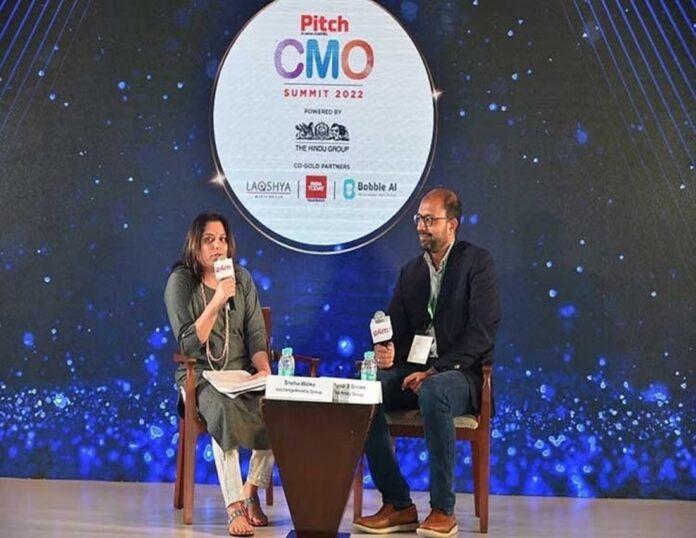The Chief Product Officer of The Hindu, Pundi S Sriram, spoke about the publication‘s past, present, and future following its redesign on its 144th anniversary.
Sriram mentioned that the “Instagram style of news” has been used to describe the newspaper’s aesthetic improvements. As a result, The Hindu and Business Line both decided to use a tonne of pictures. You’ll notice various images and headlines that scream for your attention, much like influencers and superstars do, which is a significant change. The use of photos and infographics has increased significantly.
The utilization of white space is another significant development. It’s a brave move because every square inch of newsprint in a newspaper costs money. However, Sriram continued that they are using the white space to highlight the breadth and gravity of their main story or any other story they want attention attracted to.
In a newspaper, he claimed, readers are paying for a curated news experience, and these modifications help them get that. According to Sriram, another change made in response to reader feedback was to make the typography larger and bolder to mimic viewing text on mobile devices, which can be enlarged as necessary.
He also discussed the use of two- or three-line headlines, something that is not currently seen in Indian newspapers, so that readers might browse through a newspaper much like they would online, be informed of all the major stories of the day, and then read what most interests them.
Additionally, Sriram stated that there is a movie story in the front page’s upper left corner for the first time in his recall. Even though it appears on the main page, which is generally reserved for politics and national news, the article is still very Hindu. So, they are learning to play with the content, and the new format lets them deliver in a variety of ways.
In response to a query from Walke regarding the omni-channel strategy and ensuring universality in content production and presentation in relation to a media outlet, Sriram noted that, interestingly, The Hindu, which had more than 200,000 digital subscribers, was read online more frequently than it was in print.
Walke and Sriram concluded the session by describing how The Hindu has impacted readers’ lives over the years and through the generations, from job seekers commenting on how reading the newspaper has helped them learn everything from English to general knowledge to conversations between grandfathers and grandsons about how to read the paper, to continuing the living legacy of a 144-year-old institution.
Follow and connect with us on Facebook, LinkedIn & Twitter

